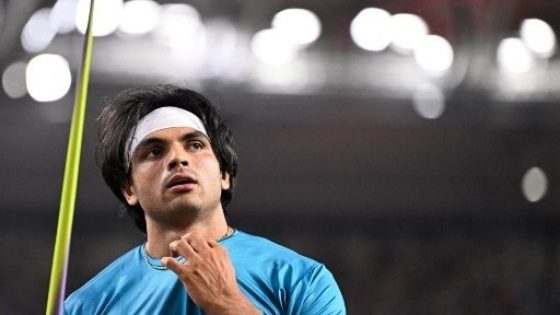The Shuffle Up series rolls along with the starting pitchers. This is how I’d rank and sort the board if heading into a fresh draft today.
Remember, if ever there’s a position where “nobody knows anything,” this is the one.
What’s happened to this point is merely an audition. Assume players at the same salary are considered even. I included courtesy ranks of some injured pitchers at the bottom, but they’re not for debate. Everyone has their own version of injury optimism or pessimism; I’m always going to be extremely careful with injured pitchers.
Have disagreements? That’s good, that’s what the game is predicated on. Catch me on Twitter/X: @scott_pianowski.
And away we go.
The Big Tickets
Glasnow is on pace for a whopping 195 innings, a number the Dodgers surely won’t let him approach. No organization knows better than the Dodgers that October is the only month that really matters. He leads the majors in strikeouts and K/9, and although he’s also uncorked a league-worst 11 wild pitches, he’s yet to plunk an opposing batter. I’m guessing he’ll throw between 165-175 innings, inevitably catching the faux disease known as Dodgeritis.
Fried’s strikeout rate has dropped and he’s walking more batters, but a league-best ground-ball rate erases a lot of sins. He’s also getting plus value out of six different pitches. In a year where little has gone right in Atlanta, Fried is one of the right answers.
Legitimate Building Blocks
Crochet’s component stats suggest a 2.42 ERA, almost a full run lower than his actual 3.25. The lousy Chicago offense is a drag, of course, though Crochet still has a respectable six wins. The platoon disadvantage hasn’t held him back, as righties have a pedestrian .194/.242/.351 slash against him (lefties, predictably, are even worse). The White Sox are the AL’s dumpster fire, but Crochet is a legitimate star.
Everyone knows Atlanta’s López is going to regress from that glittering 1.57 ERA, but what is the true talent level? Savant suggests a 3.79 ERA, while SIERA isn’t far off with 3.61. The usual luck signs come along, with a strand rate of 87.4% and a tiny 5.1% HR/FB rate. López should be startable all year and he might come under the Forced Hold label since this is the type of pitcher who can be difficult to trade; your opponents might look at this breakout suspiciously.
Gausman’s fastball is down a tick (and it’s especially been lagging in recent starts) and his hard-hit rate has spiked; the Baseball Savant data suggests his ugly 4.24 ERA should actually be over five. Gausman’s fastball, splitter and slider all grade as minus pitches through the opening half of the year. If you want to get out of the Gausman business, you need something to sell. I’d wait for a good turn or two, and then see what the market will bear.
Talk Them Up, Talk Them Down
Gore is putting up a legitimate breakthrough year, it’s just masked a little. The strikeout and walk rates are moving in the right direction, his swinging-strike rate has improved and the barrel rate against him has been cut almost in half. FIP suggests Gore should have a 2.83 ERA, although the Savant data justifies the full number. Gore’s always had a fly-ball tilt and that will lead to some homers, though he’s beating the league average for HR/FB. Washington isn’t far from being a contending team, and Gore is good enough to be a pitcher who makes a playoff contender.
I want to call Waldron a knuckleballer so bad, but we have to acknowledge he only throws the pitch a little over a third of the time. What’s led to his breakout is getting positive results from four different pitches: fastball, sinker, slider and knuckler. Perhaps there’s collapse risk when we consider his fastball maxes out at 90.6 mph, but we’re deep enough into the season that Waldron deserves a set-and-forget salary. He’s oddly struggled at Petco Park (4.36 ERA); his ERA is 2.86 for his nine road starts.
Some Plausible Upside
Quantrill is a pitch-to-contact guy in a world where that’s a dirty phrase, but he’s survived in the Colorado elements (3.97 ERA) and been terrific on the road (3.06 ERA). He’s a legitimate target for a contender next month when trade season kicks in. The Q has allowed three runs or less in 11 starts, and only two of his turns were true disaster starts. You need to fill in the strikeout column somewhere else, but this type of consistency plays in a mixed league, provided you can massage the schedule.
Detroit’s disappointing offense has kept Olson down to one win, but a 3.04 ERA and 1.23 WHIP are good enough for any mixed-league manager. Olson’s strikeout rate has dipped mildly from last year’s snappy debut, but he’s also trimmed the walk rate slightly. Plus marks for chase rate and ground-ball rate help feed Olson’s consistency.
Bargain Bin
Injured Pitcher Salaries — Not For Debate
Source Agencies


